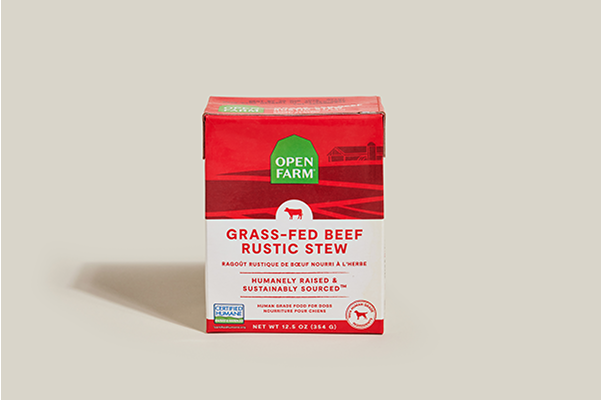Cats may not show you how they feel as blatantly as dogs do, but there are some simple ways to detect a cat’s emotions. Understanding cat behavior isn’t rocket science. Observing their tail movements, eyes, ears, and sleeping positions for example can help you understand your feline that much more. Here’s what certain cat movements mean and how to read cat body language.
How to Understand Your Cat’s Ears Movements
You might not know this but how your cat’s ears are positioned says a lot about them! Here are some of the different cat ear positions to look out for.
-
Forward: If your cat’s ears are tilted forward that likely means they are in a playful and curious mood. This happens when they first discover a new toy for example!
-
Straight upright : Straight and upright ears mean your kitty is focused on a noise or movement that they picked up on!
-
Pinned back : Watch out for this movement because that means they are angry or frightened.
How to Understand Your Cat’s Eyes
Here are some of the ways cat eyes change and what these changes can say about how they are feeling.
-
Slowly blinking and or winking : This means your cat is content, comfortable, and happy which is a good sign that they love having you as an owner!
-
Dilated pupils : Dilated pupils means your buddy is excited and on the hunt. Your cat is likely ready to pounce on a toy or catch a treat!
-
Slit pupils : Yikes.. this means your cat is annoyed. Maybe they are waiting impatiently for dinner!
How to Understand Your Cat’s Tail Movements
Unlike dogs, a cat tail can take on a variety of movements. Cat tail body language can express a variety of emotions. Keep reading to learn more about these tell tail signs!
-
Wagging tail : If the whole cat tail is wagging, your cat may be frustrated with you or it’s environment.
-
Twitching tail : If only the top of the tail is twitching, don’t fret, your cat is in a playful and relaxed mood!
-
Puffy tail : Look out for puffy tails as this indicates your cat is scared, angry, or ready to attack.
-
Tucked tail : If a cat’s tail is tucked in between its legs, they are likely feeling anxious. If your cat is in a new environment or meeting a new animal, they may be nervous and reacting to the uncertainty by tucking their tail.
-
Curved tail : If your cat’s tail is curved like a question mark, it is ready to explore and play! This is a great time to give your cat some exercise and let them do whatever their little heart desires!
Cat Love Language - How to Understand Your Cat’s Body Language
Now that you understand the basics behind some of these interesting body movements, here is what your cat’s overall body language means.
-
Curled in a ball : This is the most common sleeping position for cats because it keeps their bodies toasty warm. It also indicates that they feel calm and safe.
-
Spread out with their belly exposed: If your cat has their belly exposed that means they feel relaxed and trust you as an owner. The belly for many animals is the most vulnerable body part so if your cat is exposing their tummy it means they feel very comfortable. If your cat is laying in this position, they also just might be looking for a nice belly rub!
-
Kneading: When a cat is “making biscuits,” or kneading on you, they have declared you a special person! Kneading goes back to when the cat was a kitten and would knead their mother for milk. So, if your cat does this to you or someone else, that is cat code for “I love you”.
-
Rubbing against you: If your kitten is rubbing against you, they are marking their territory (yes, you are the territory!) in order to protect you from other animals.
Understanding your cat’s body movements and language is really important and allows you to become an even better pet parent. Communicating back to your cat, even if they can’t understand what you’re saying, can be comforting to them. Giving your cat positive reinforcements such as Open Farm treats or kefirs can also show your appreciation for them. So, the next time you see your little feline, pay close attention to what their bodies are telling you!









































 Sign In
Sign In
 Create Account
Create Account





